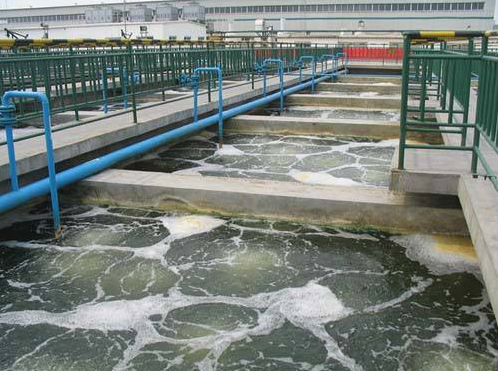- Home
- Products
-
-
Solids Control Equipment
- Linear Motion Shale Shaker
- Decanter Centrifuge
- Mud Cleaner
- Vacuum Degasser
- Centrifugal Pump
- Shear Pump
- Submersible Slurry Pump
- Mud Agitator
- Mud Gun
- Jet Mud Mixer
- Desilter
- Water Tank
- LS606 Shale Shaker
- Mud Tank
- LS1850 Shale Shaker
- Diesel Tank
- Dome-shaped mud cleaner
- Vertical cyclone desilter
- KQG30 Automatic Tank Cleaning
- MD210 Drilling Mud Cleaner
-
Solids Control System
- Solids Control System
- Mobile Solids Control System
- Arctic Solids Control System
- Drilling Mud Cooling System
- Liquid Mud Plant (LMP )
-
TBM
- Tunnel Boring Mud System
-
HDD
- HDD Mud Recovery System
-
-
- News
- Services
- Marketing
- About Us
- Contact Us
- Videos
Home > KOSUN News >
Metallurgical Wastewater Treatment Solutions
Jul 18, 2022
1. Features
Sewage acid wastewater is very acidic. After neutralization and removal of fluoride, the salinity of the wastewater increases, the hardness is high, and the pH value rises to 9-11. Wastewater contains zinc, copper, lead, cadmium, arsenic, nickel and other metal ions, as well as fluoride, nitrate, organic matter, colloidal particles and other pollutants. If the raw water directly enters the membrane system, the membrane will produce less water and be easily blocked. It must be softened first, and then the heavy metal ions and COD in the sewage must be removed. After the advanced membrane treatment system, the produced water can be reused.

2. Composition
According to the source and characteristics of wastewater, there are mainly cooling water, pickling wastewater, washing wastewater (dust removal, gas or flue gas), slag washing wastewater, coking wastewater, and wastewater that is condensed, separated or overflowed from production.
3. Processing technology
Treatment of pickling wastewater: A small amount of pickling wastewater can be neutralized and iron salts can be recovered; for larger amounts, acid and iron salts can be recovered or iron oxides can be separated and recovered by methods such as refrigeration, spray combustion, and diaphragm dialysis. If the iron oxide scale is removed by the neutral electrolysis process, there will be no pickling wastewater. However, the electrolyte must be filtered or treated by magnetic separation before it can be recycled.
Treatment of cooling water: The treatment method is to first pass through a coarse particle sedimentation tank or a hydrocyclone to remove particles with a particle size of more than 100 microns, and then send the wastewater to sedimentation to remove suspended particles; in order to improve the sedimentation effect, coagulation can be added. Agent and coagulant polyacrylamide; oil slick in water can be removed with scraper. The wastewater can be recycled after purification and cooling. The direct cooling water in the cold rolling workshop contains emulsified oil, which must first be destroyed by chemical coagulation, heating or pH adjustment to destroy the emulsified oil, and then float and separate, or directly separate by ultrafiltration. The collected waste oil can be regenerated and used as fuel.
Treatment of washing water: cyanide in wastewater can be oxidized to cyanide by chlorine, bleaching powder or ozone, etc., or ferrous sulfate can be added to make cyanide into non-toxic ferrocyanide, and tower type can also be used. Biological filter or aeration tank, etc. for biological treatment. The blast furnace gas washing water has a large amount of water, and it is very uneconomical to treat cyanide by the above method. Therefore, most of the wastewater is clarified by a sedimentation tank and then recycled.
Treatment of non-ferrous metallurgical wastewater: The treatment measures are: strengthen production management, reduce the amount of wastewater, and recover useful metals. The commonly used treatment method is the lime neutralization method, which mainly controls the pH value of the wastewater, so that the heavy metal ions become hydroxides and precipitate; After extracting the substance, harmful substances such as arsenic and fluorine can form insoluble compounds with calcium ions and precipitate and separate. In addition, ion exchange method, flotation method, reverse osmosis method, diaphragm electrolysis method, etc. can also be used to recover useful metals and purify wastewater.


